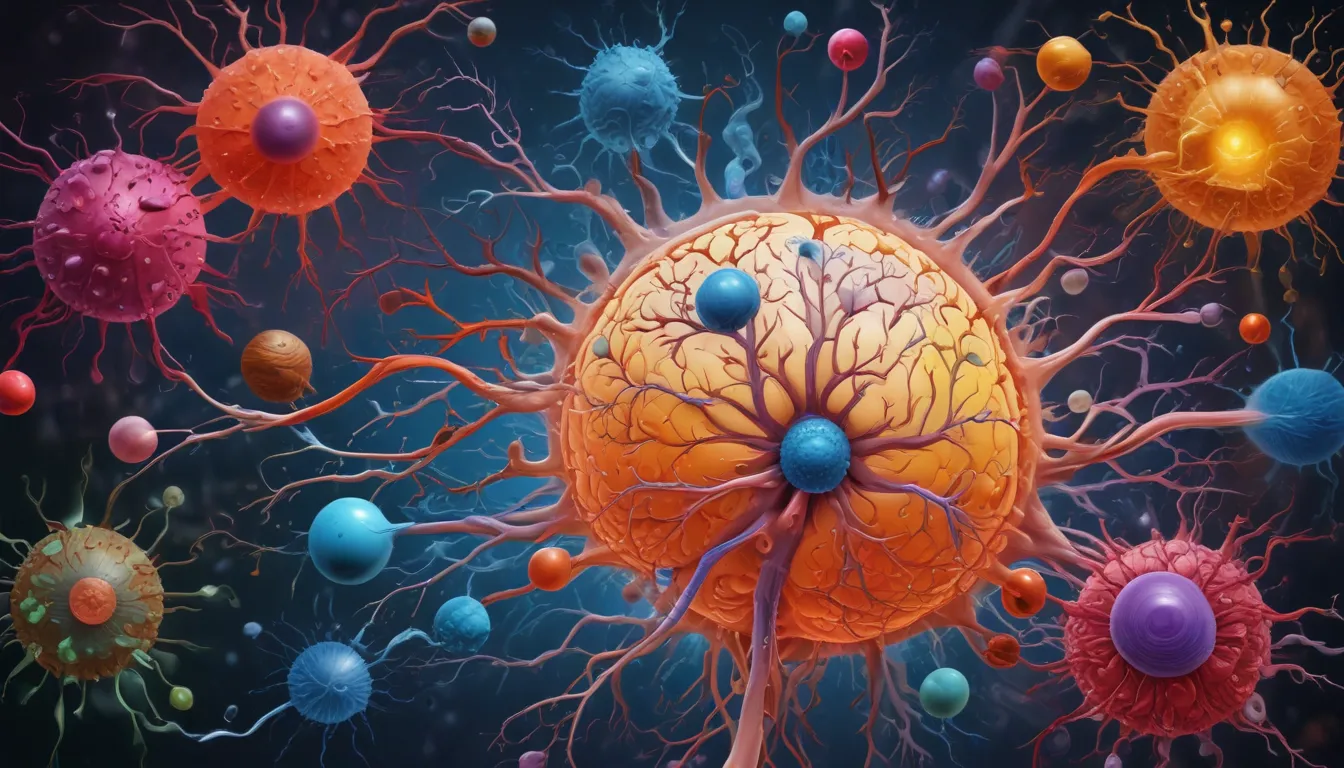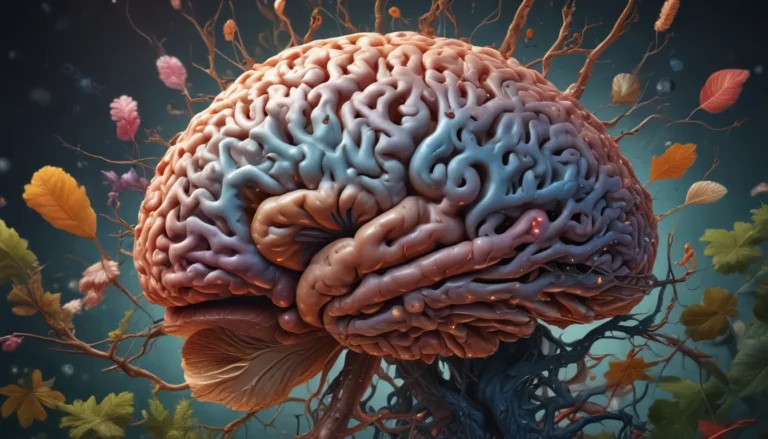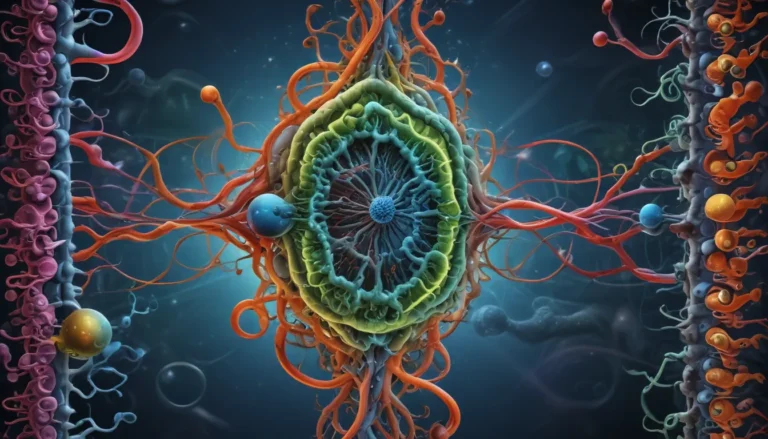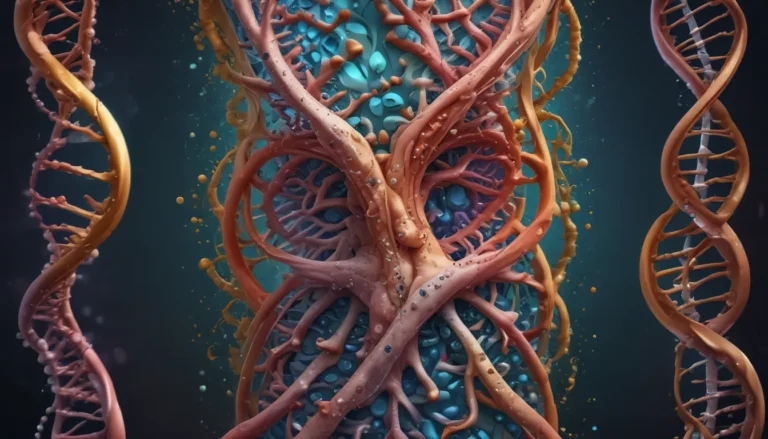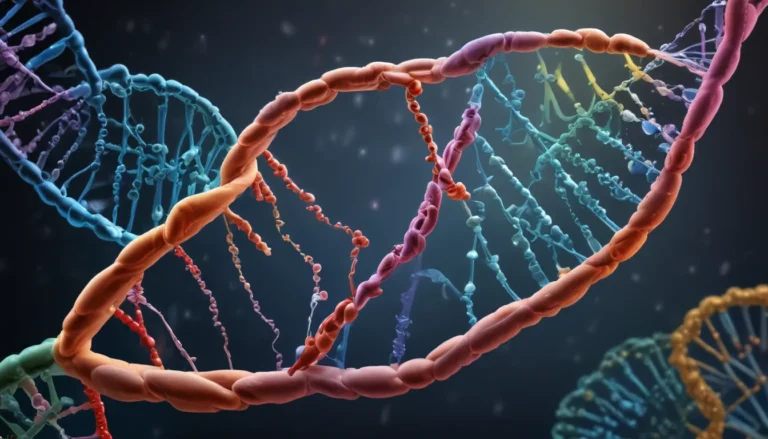A Note About Images: The images used in our articles are for illustration purposes only and may not exactly match the content. They are meant to engage readers, but the text should be relied upon for accurate information.
The field of biology is constantly evolving, with new discoveries and revelations shedding light on the remarkable abilities of our own cells. One such concept that has captured the attention of scientists and researchers worldwide is dedifferentiation. This process challenges traditional notions of cell specialization by allowing mature, specialized cells to revert back to a more primitive, stem-like state. The implications of dedifferentiation are vast, offering groundbreaking possibilities for regenerative medicine and tissue engineering.
Unlocking the Mysteries of Dedifferentiation
When cells transform like superheroes, the possibilities are endless. Dedifferentiation acts as a cellular time machine, reversing aging effects and offering hope for organ regeneration and personalized treatments. This process opens doors for regenerative medicine, paving the way for potential cures for diseases that were once deemed incurable. Let’s explore 18 surprising facts about dedifferentiation to gain a deeper understanding of this remarkable phenomenon.
The Basics of Dedifferentiation
- Dedifferentiation is a process where specialized cells revert back to a less specialized state, challenging the traditional concept of irreversible cell fate.
- Cells that have undergone differentiation can be triggered to reverse this process, transitioning to a more unspecialized state with the potential to differentiate into various cell types.
Natural and Induced Dedifferentiation
- Dedifferentiation can occur naturally in certain organisms, playing a crucial role in regenerative abilities that allow them to regrow lost body parts.
- Scientists have developed methods to induce dedifferentiation in cells in the laboratory, offering new avenues for research in cellular plasticity and regenerative medicine.
The Impact of Dedifferentiation
- Dedifferentiated cells can give rise to different cell types, similar to stem cells, holding great promise for regenerative therapies and tissue engineering.
- This process is a key player in tissue regeneration, providing a pool of undifferentiated cells that can replenish damaged tissues and initiate the regeneration process.
Applications in Medicine and Beyond
- Dedifferentiation has the potential to revolutionize personalized medicine by generating customized therapeutic cells from a patient’s own cells, minimizing rejection risks and maximizing treatment effectiveness.
- Harnessing the power of dedifferentiation could offer solutions for aging-associated degenerative diseases by reversing age-related degeneration and promoting tissue rejuvenation.
Implications for Cancer Research
- In some cancer types, dedifferentiation allows cancer cells to acquire stem-like properties, driving aggressive growth and resistance to therapies.
- Understanding the role of dedifferentiation in cancer progression could lead to novel approaches for treating cancer and improving patient outcomes.
The Future of Regenerative Medicine
- Dedifferentiation holds promise for organ regeneration by inducing specific cell populations to regenerate damaged or diseased organs, addressing the shortage of donor organs.
- Researchers can reprogram dedifferentiated cells to induced pluripotent stem cells, offering a virtually limitless cell source for various applications in regenerative medicine.
Challenges and Opportunities
- Dedifferentiation research is a dynamic and complex process, involving intricate molecular mechanisms and regulatory networks that scientists are continually unraveling.
- This field presents remarkable possibilities for developing new therapies that harness the regenerative potential of cells, paving the way for transformative medical advancements.
Conclusion: Embracing the Potential of Dedifferentiation
From unlocking the regenerative potential of cells to challenging the traditional concepts of cell fate, dedifferentiation offers a glimpse into the incredible plasticity and abilities of our own cells. As research in this field continues to evolve, the possibilities for developing innovative therapies and treatments are endless.
FAQs: Exploring Dedifferentiation
- Q: What is dedifferentiation?
-
A: Dedifferentiation is the process by which specialized cells revert back to a less specialized or stem cell-like state.
-
Q: Why is dedifferentiation important in biology?
-
A: Dedifferentiation unlocks the potential for regeneration and the development of new tissues and organs, aiding in the study of cancer cells and cellular reprogramming.
-
Q: Can dedifferentiated cells be used in regenerative medicine?
-
A: Yes, dedifferentiated cells have the potential to be reprogrammed into pluripotent stem cells for transplantation and tissue repair purposes.
-
Q: What organisms undergo dedifferentiation?
-
A: Dedifferentiation has been observed in various organisms, including plants, amphibians, and mammals, as a natural response to environmental or physiological cues.
-
Q: Are there ethical concerns surrounding the use of dedifferentiated cells?
- A: Similar to stem cell research, the use of dedifferentiated cells raises ethical concerns, but with proper regulation and guidelines, research can be conducted ethically and responsibly.
As we continue to unravel the mysteries of dedifferentiation, we embark on a journey towards transformative medical advancements and regenerative therapies. Trust in the boundless potential of our cells and the incredible possibilities that dedifferentiation holds in reshaping the landscape of regenerative medicine.
Discover More: Continuing the Exploration
Dive deeper into the world of cell biology with fascinating facts about embryonic stem cells, their unique properties, and therapeutic applications. Regenerative medicine leverages dedifferentiation and other cutting-edge techniques to repair damaged tissues and organs, offering hope where there was once only uncertainty. Let’s embark on a journey of discovery and innovation as we unlock the true potential of our cells in reshaping the future of medicine.
